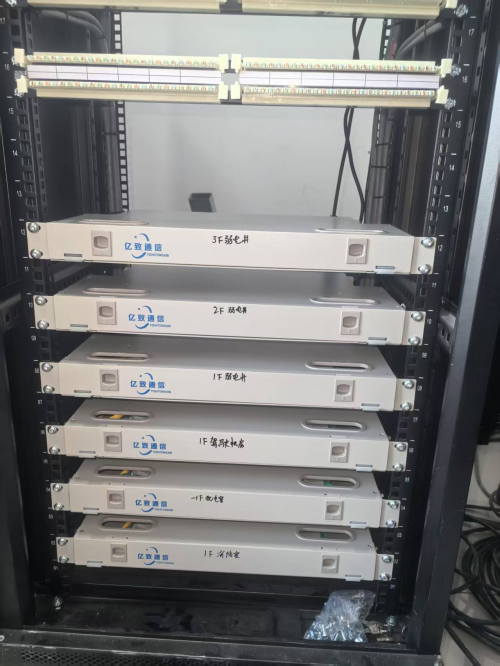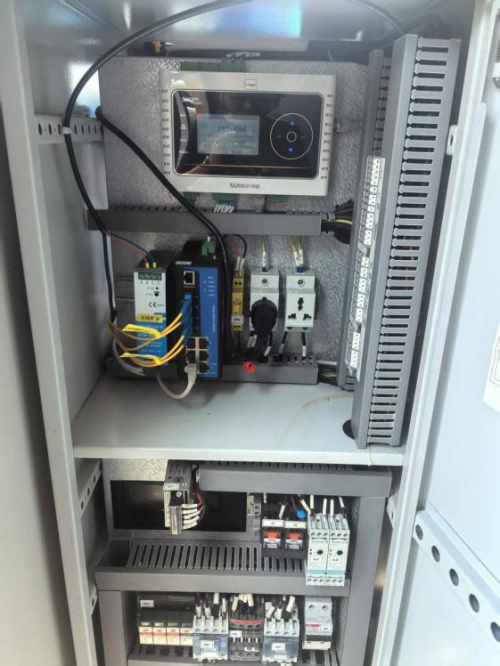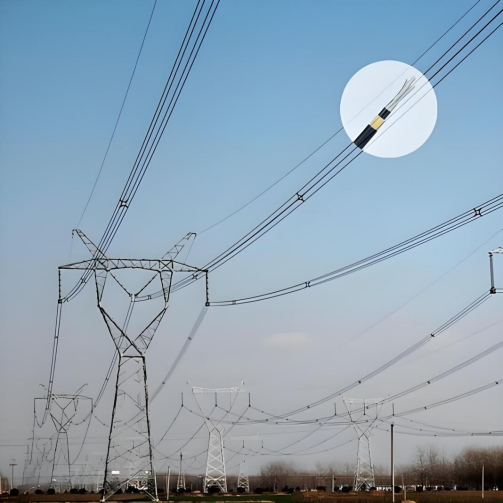Оптички кабел се израђује да удовлетвори оптичке, механичке или енвиронментаљне перформансе. То је комunikaciona kабела која користи један или више оптичких влакна утакнутих у омот за пренос и може се користити појединачно или у групама. Оптички кабел главно се састоји од оптичких влакна (стаклених нити толстина као шећер) и пластичног заштитног омота и пластичне спољашње кожуре, са омотом око њега, а неки су такође покривени спољашњим омотом, који се користи за пренос оптичких сигнала.
Ukupna unutrašnja refleksija svetla
Svetlo se širi duž optičkih vlakna kabelova ponavljajući odbijanje od unutrašnje zida. Ježgra i omotač savijaju ulazno svetlo pod određenim uglom i imaju svoj indeks prelamanja. Kada se optička signala šalju kroz optička vlakna kabele, oni će se odbijati od ježgre i omotača u seriji odbijanja. Taj proces se zove ukupna unutrašnja refleksija.
 |
 |
Примене i proširenja
Optički složeni kabel: Kombinuje optičku vlaku i kabel da prenosi optičke signale i struju istovremeno. Široko se koristi u komunikacionim baznim stanicama i inteligentnim mrežama sa optičkim složenim kabelom.
buduća tehnologija: Tehnologija deljenja na valne dužine povećava kapacitet jednog optičkog vlakna kroz viševalne optičke signale, sa brzinom do desetina terabita u sekundi. Tehnologija deljenja na valne dužine.
Putem navedenog mehanizma, optički kabeli su postali osnovna tehnologija moderne komunikacije, podržavajući potrebe za visokobrzinom prijenosom podataka u oblastima kao što su Internet, oblak računanje i Internet stvari.
